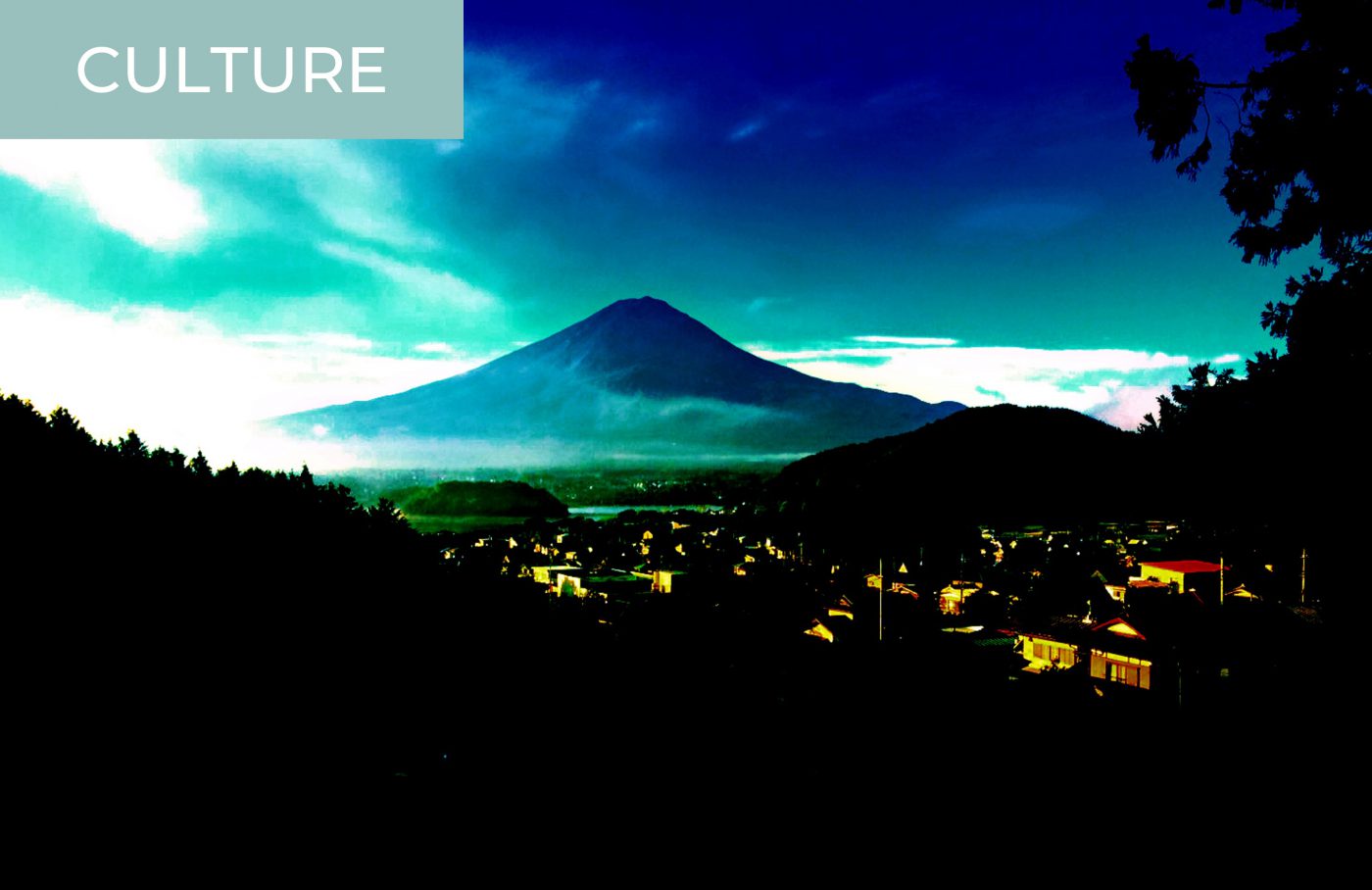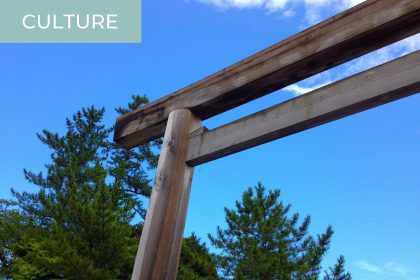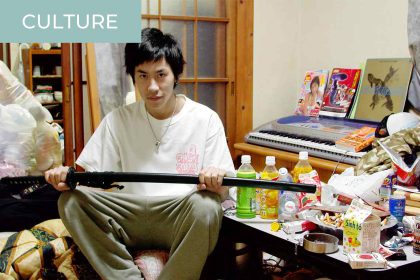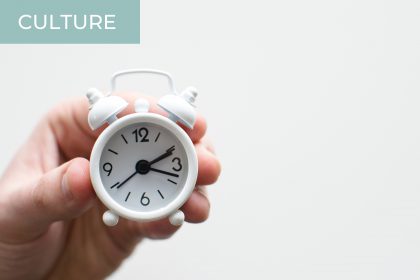In Japan, hatsuyume is literally the first dream you have after December 31st and is said to predict your fortune for the coming year. Traditionally, lucky dreams involve Mt. Fuji, a hawk, and an eggplant, in that order.
The combination looks a bit peculiar, but each element is a homonym for positive words in Japanese. Mt. Fuji equals “safety,” a hawk equals “higher,” and an eggplant is a homonym for “achieving.” Another theory says these things were just Shogun Tokugawa Ieyasu’s favorite things.
Tradition says that to have a good hatsuyume, you need a picture of the Seven Deities of Good Fortune on their ship loaded with treasures, and to put it under your pillow.
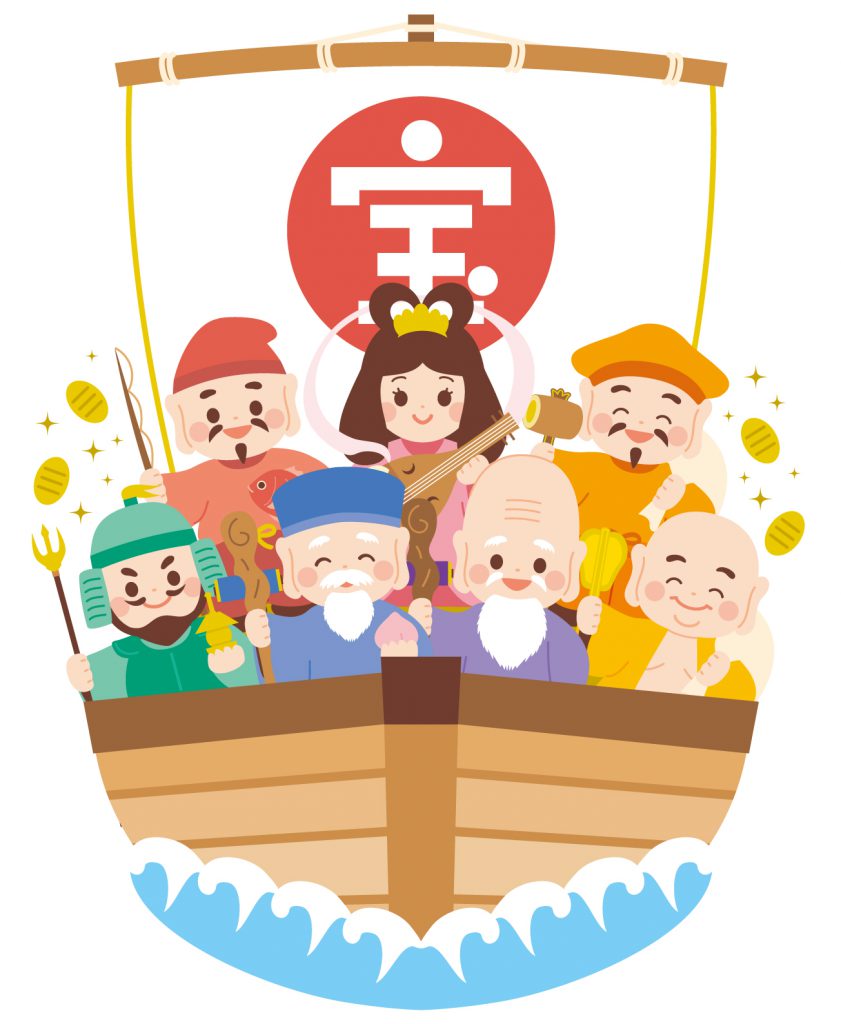
If ever your dream is bad, the Japanese have two solutions. The first one is pragmatic, following the notion called “sakayume” (false dream): consider your bad dream as something that will not happen in reality.
The second one is to call a tapir for help. Tapirs are said to be sacred beasts that eat human’s dreams. It was believed that tapirs would eat bad dreams that might happen. So, you can ask for his help by repeating, “I give my bad dream from last night to the tapir.”
Did you have a good first dream of the year? Tell us in the comments below!

